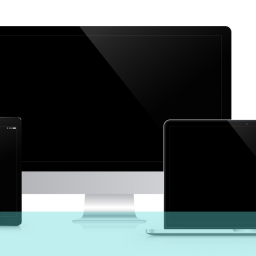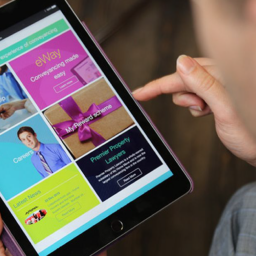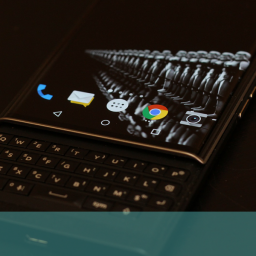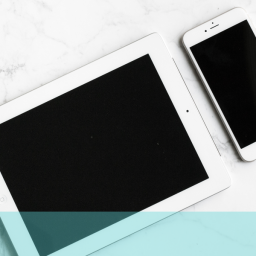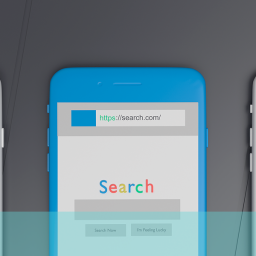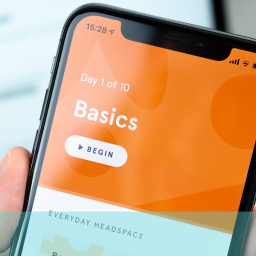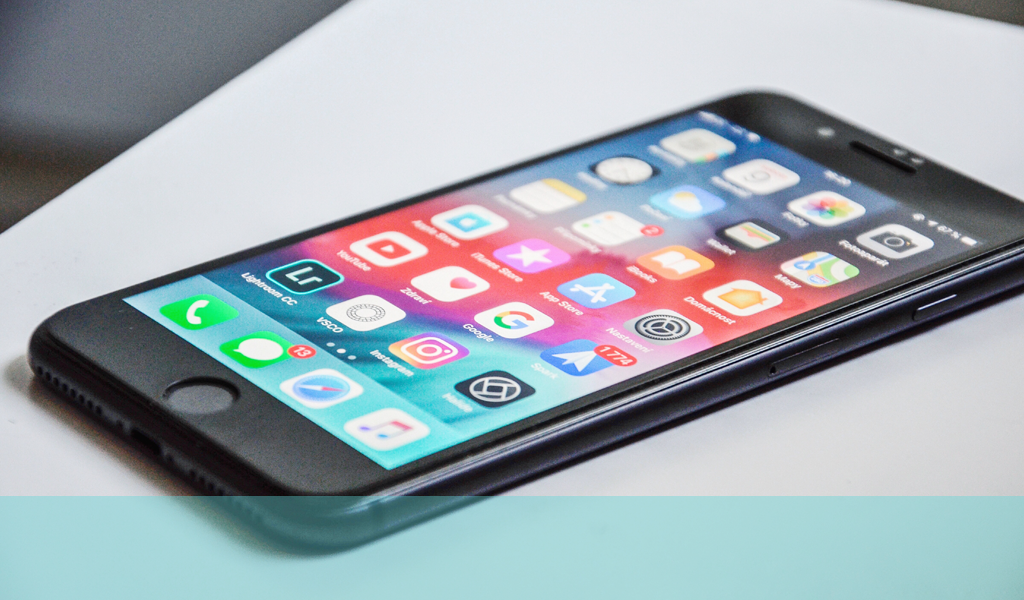
The Usability of Smartphone Apps
Having a mobile app for your business is a good way of penetrating the mobile user market but ensuring that your smartphone app continues to be viewed as usable in the prevailing technological and market climate is vital to maintaining that commercial edge.
The key to developing a usable smartphone app and then keeping it current and relevant is usability testing. You should never even dream of releasing an app to the market without extensive testing and the accepted mantra is ‘test early and test often’. And testing doesn’t just mean testing the app itself once it has been developed; you should test the wireframes, static designs, prototypes – in fact all the stages of the process should be subject to a testing regime before allowing development to continue to the next stage. It is much cheaper and easier to correct a problem at an early stage than it is at an advanced one when a lot of the technical development has been done and would need to be unpicked to rectify the fault.
Testing shouldn’t end when the product is launched. You need to keep refining, making improvements and continually testing your smartphone app against the rest of the market and especially against your competitors. Try their apps and see what they have got that is better or worse than yours and then aim to eliminate the comparative weaknesses and build on the advantages you have. Post-launch testing of your app will also show you how users are interacting with the app and might throw up behaviours or issues you hadn’t thought of; keeping alongside this will enable you to improve and give the market what it needs and wants.
As far as mobile interface design is concerned there are a number of principles that should be followed to deliver optimum smartphone app usability. The user experience on a mobile is the single most important feature, from download speed to clarity and ease of use – if any of the components are faulty the user is likely to quit the app fairly quickly. Simplicity needs to be the watchword when designing for smartphones. You have a limited amount of space and you have to use it effectively; but this doesn’t mean cramming in as much as you possibly can. In fact it is more like the opposite is true. You need to think very carefully about what elements to include, what their functions are, if they really need to be there and how they are presented and accommodated if they do. Even with limited real estate the use of white space can still be effective and different devices to enable users to navigate and select should be used where space restrictions prohibit traditional mechanisms.
Smartphone usability in apps means intuitive design with simple uncluttered layouts and clear direction and interactions. If you can’t get everything you need in one view, tailor the page so the user can get to the next important step easily and without confusion or complication. Build the site in an intuitive and logical way so the user is clear and confident in what they are doing and can get what they want quickly and simply. A relatively small investment of thought and time at the beginning of this process can save an awful lot of grief and expense later on if things turn out to be problematic.
If you have, or are developing, a smartphone app and need advice on usability and usability testing, why not call us free on 0800 0246 247 or drop us an email at hello@ux247.com.



